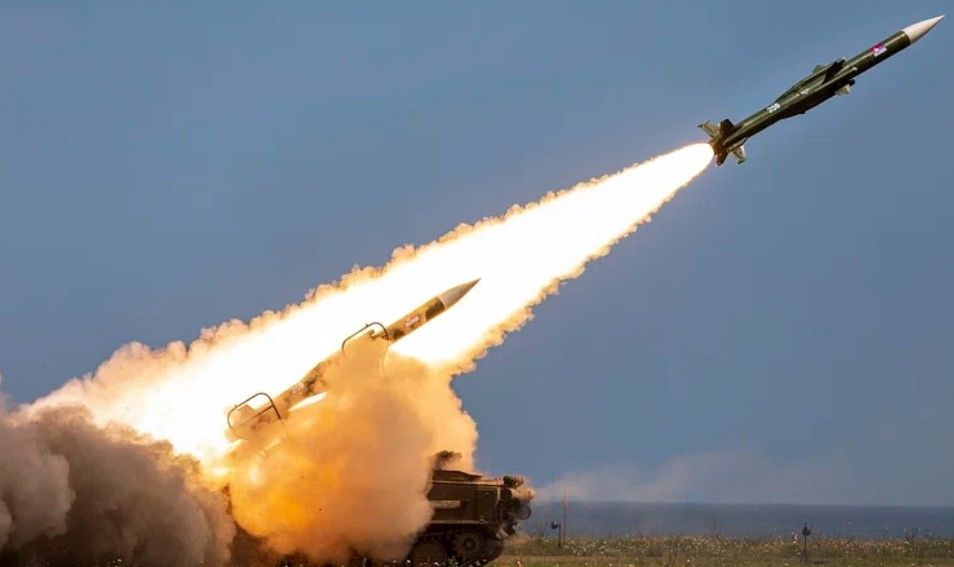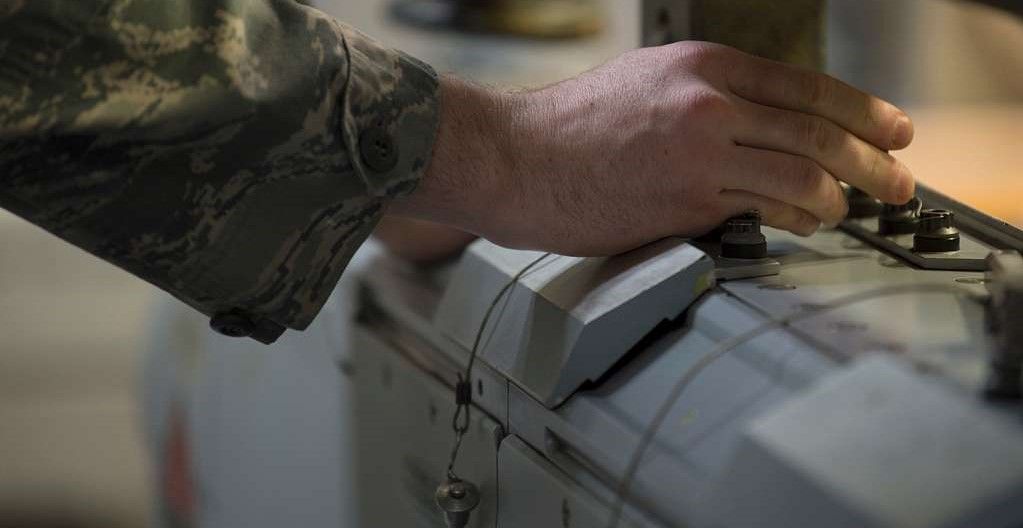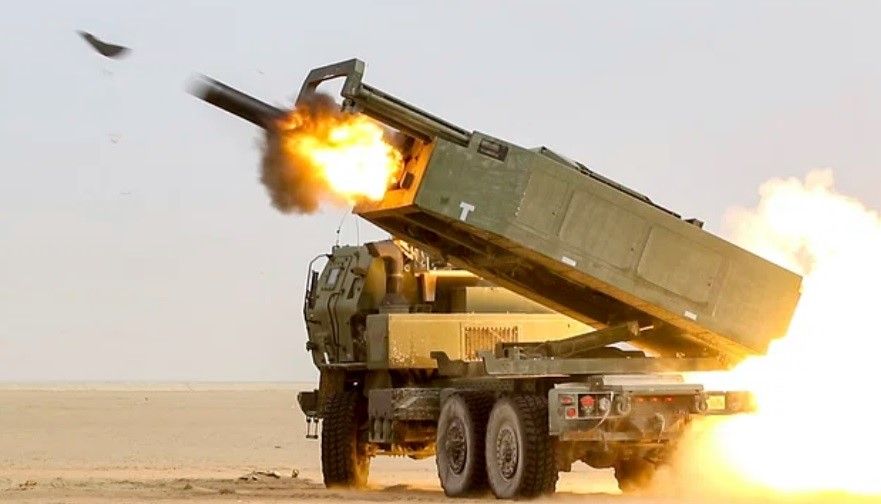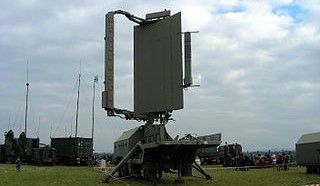The War in Ukraine: A Conflict of Electronics
How technology is changing tactics through improved digital intelligence gathering and interference.

When the Russian force of 190,000 soldiers crossed the border into Ukraine in February 2022 it contained 18,000 electronic warfare troops.
These soldiers specialised in intercepting enemy radio messages, jamming missiles, and disrupting satellite signals. “They were trying to break down our radars, to penetrate our air defence systems,” says Yaroslav Kalinin, a specialist in military intelligence gathering at the Ukrainian-based INFOZAHYST. “They were partially successful at this, but not completely.”

Despite the Russians being armed with a range of technology, such as the Krasukha-4 (broadband multifunctional jamming station targeting airborne and air defence radars), the Zhitel (mobile truck-mounted electronic warfare jamming communication station for supressing satellite signals), and the Leyer-3 (a cellular and radio communications jammer), the Ukrainian forces were able to successfully defend Kyiv.
While some Ukrainian military satellite networks were disrupted, cellular and internet connectivity was mostly unharmed. More significantly, Russian aircraft were still shot down by Ukrainian air defence systems, leading to a surprising lack of air supremacy, and with military communication systems also remaining functional, Ukrainian commanders were able to establish defensive lines.

A significant part of the Russian problem was that their electronic warfare systems were not very mobile and were unable to keep up with the rapidly advancing frontline.
“Russian systems are large unwieldy, vehicle-borne systems that are designed to be on the defensive,” explains Bryan Clark, a senior fellow at the US think tank, Hudson Institute. “And as a result, their electronic warfare systems weren't very agile, they weren't very fast and they weren't very numerous.”
At the same time, the Ukrainian forces were receiving tip-offs about Russian troop movements from local citizens spread across thousands of towns and villages – each armed with a mobile phone. Technology had turned the tide of war.
As Kalinin notes, “If you're losing in electronic warfare, your forces will turn into a 19th century army.”

Since those early days, the frontline has settled down and both sides have learnt a great deal about the value of not only electronic surveillance, but also electronic defence systems.
Now hundreds of mobile electronic warfare units are dotted along both sides of the front line. They listen, locate, and scramble enemy messages, trying to glean information about troop positions and movements.
“If I see a number of radio stations in the same place, I understand it's a command post,” says Col Ivan Pavlenko, chief of the Ukrainian General Staff's electronic and cyber warfare department. “If I see some radio stations begin to move forward, I understand it could be a counter-offensive or an offensive.”
Even just listening in on the scrambled conversations between two soldiers over the radio can provide intel. If they can pinpoint the source of the conversation it can even become an artillery target.

But more than just information, electronic warfare is also aimed at disrupting enemy commands or high-tech enemy weapons.
For example, GPS jammers can suppress radar and prevent aircraft and missiles (such as the Himars multiple rocket system) from identifying targets. Other electronic scrambling weapons, such as the Russian Zhitel and Pole-21 can disable kamikaze drones or reconnaissance drones directing artillery fire. It is a tactic that is even proving effective against even the latest weapons and military hardware sent from the West.
“Zhitel can jam a GPS signal within 30km of the jammer,” says Clark in a recent interview with BBC News. “For weapons like [US-made] JDAM bombs, which use just a GPS receiver to guide it to the target, that's sufficient to lose its geolocation and go off target.”
Given this effectiveness, both sides are researching counter-jamming systems or adopting tactics to prevent the disruption. If your side is going to fire a $250,000 missile, it is worth checking with your own electronic warfare specialists to make sure that the enemy is not well-placed to disrupt the attack.

“Before we strike with a precision-guided munition, we have to provide intelligence. Is there any suppression in that area?” explains Pavlenko. “If that area is affected by a jamming signal, we have to find the jammer and destroy it, and only then use this weapon.”
Consequently, Russian electronic warfare systems have become a prime target, with the Ukrainians claiming to have destroyed more than one hundred units since the war began. However, they are generally small, mobile units which are hard to track and have their own defensive support teams.
Having the latest weaponry has often proved decisive on the battlefield, and the fighting between Russia and Ukraine is no different. Each side looking to gain an advantage through better drones, tougher tanks, more accurate missiles, or more advanced electronic warfare.
As Pavlenko concludes, “This is a war of technologies.”
Photo credit: Raw Pixel, Joel Rivera-Camacho on Unsplash, Wikimedia, Raw Pixel, kjpargater on Freepik, & GaryStockBridges

